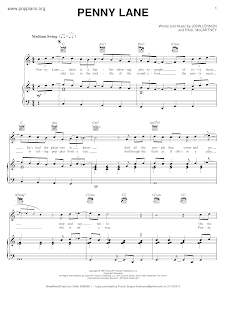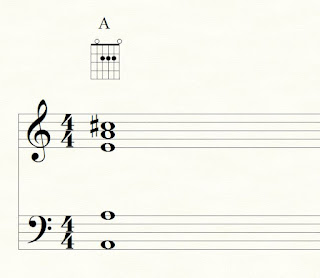Modes and Pseudokeys
The way I've always understood modes is through parent major scales. The parent major scale for D Dorian is C major, as is E Phrygian, F Lydian, G Mixoydian, A Aeolian and B Locrian.
The best way to hear what modes sound like is on a keyboard with both hands, as opposed to just playing the scale on a guitar or horn. To hear what F Lydian sounds like, play F in the bass and play all the white keys, focusing in on the characteristic note, the #4 (augmented 4th), from the root of the mode, not the root of the parent scale.
For G Lydian, play G in the left hand and play a D major scale, again focusing on the #4 (C#).
"Pseudokeys" are keys which function like normal keys and have a tonal center, albeit weaker. The most usable pseudokeys are Dorian, Lydian, and Mixolydian, and of course, Aeolian, which is the minor mode. Each of them have unique characteristics: Dorian has a major sixth, in contrast to the minor sixth in natural minor. Lydian has the raised fourth. The I chord in Mixolydian is a dominant 7th and it's V chord is minor. A good example of a song that uses this is Clocks by Coldplay.
In sum, the best way to learn modes is to identify the parent major scale and play them on a keyboard with two hands, or set up some kind of a drone or loop in the background.
***
Quiz:

